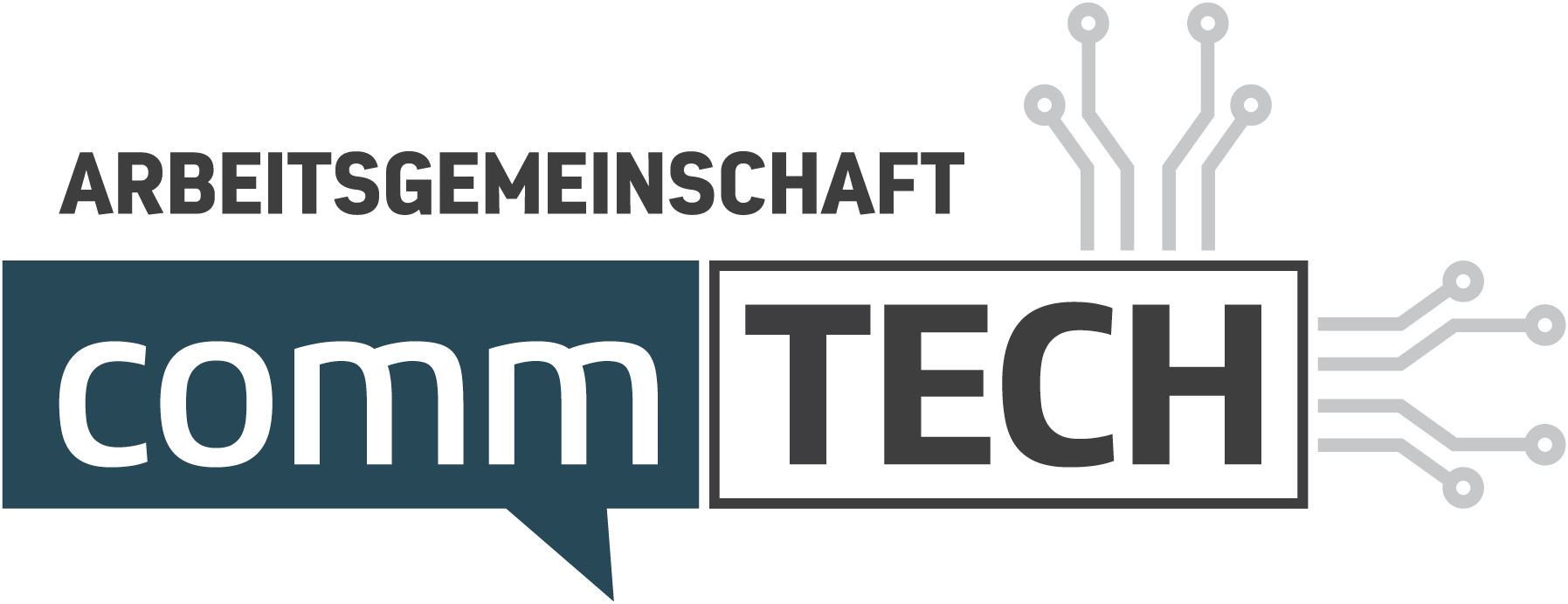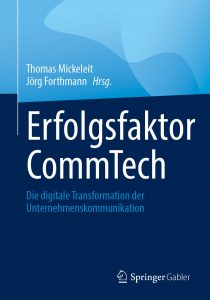- 30. May 2024
- Posted by: Die Redaktion
- Category: BEST PRACTICES

Interview with Stefan Moriße: What makes content successful? More success with data

Stefan Moriße has been Vice President External Communications & Media Relations at E.ON Deutschland since November 2022. Prior to that, he had already worked in various communications roles within the E.ON Group since 2011. The graduate philologist and sociologist began his professional career as a trainee at the newspaper Hessische Niedersächsische Allgemeine in Kassel in 2009.
AG CommTech: As a trained journalist, you naturally know that stories that contain facts and figures work. But you have examined this more closely at E.ON. Can you summarize for us what the factors for successful content are?
Stefan Moriße: To get through in sales communication, it helps to create valuable rather than promotional content. That’s why we in the team increasingly enriched our content with facts a few years ago and, to be honest, built up a certain amount of data expertise as a nice side effect, which we now benefit from. And the figures speak for themselves: on average, our data-based content is significantly more successful in terms of distribution, both in terms of reach and tonality. Over the years, our calculations have become more complex, which is why we now work closely with our internal data experts as well as external partners. This ultimately resulted in the Future Index, our major analysis of CO2 savings potential. And at a time when the social debate following the energy crisis was heated and we were able to score well with the “facts instead of fake news” approach.
AG CommTech: However, you also have the luxury of having a data team at E.ON and even a data champion in the comms team. How important do you think it is to build up data competence in the team? What was it like for you?
Stefan Moriße: I am very grateful for the cooperation with our data team. But I would argue that even in the smallest companies you can find someone who has an affinity for numbers, works with data and is willing to provide support. In concrete terms: A colleague from the solar team had calculated for me some time ago how many solar modules could be installed on the Star Wars Death Star in purely mathematical terms – as a nice little hook for the May the 4th theme day. That was a successful quick turnaround that came out of a conversation. One learning from this was that we as communicators should not wait for someone to knock on our door with a communicative treasure trove of data. That will not happen. We have to take action ourselves and take the first step. This does not mean having to calculate highly complex models yourself. However, in my opinion, having your own data expertise as a communicator and a certain enthusiasm for data are essential, otherwise it won’t work.
AG CommTech: You have consistently implemented these insights into what makes content successful and developed a campaign that maps the future index of the energy transition. How did the campaign mechanics work?
Stefan Moriße: For our Future Index, we examined three categories with a total of eight indicators, for each of which we calculated short and long-term CO2 savings potential, from switching to solar panels and electric cars to energy savings in heating. We looked at all indicators in the status quo, the status plan with a view to the next twelve months and their potential, i.e. the maximum possible CO2 savings. This resulted in a total of more than 30 data values from survey results and potential analyses.
AG CommTech: In our webinar “How to create effective content efficiently and distribute it successfully”, we talked about how personas are the starting point for successful content distribution. You use personas at E.ON and are therefore still part of a minority in the communications department. How do you rate the value of personas for communication?
Stefan Moriße: Communication by watering can no longer works, and this is even more true in times of AI, with an exponential increase in content that can be created cheaply and quickly. If we want to stand out from the crowd, personas can help us to create and distribute content that is specific to target groups and channels. Only if I know who I want to address and how, can I set up the content accordingly.
AG CommTech: What qualitative and quantitative goals did you set for the campaign, what was achieved and what insights were you able to gain from it? Can you draw conclusions from this, e.g. for the optimization of further campaigns?
Stefan Moriße: Many people associate us with the traditional energy provider and supplier of electricity and gas. Our aim was therefore to use the Future Index to raise awareness of our energy solutions such as solar and electromobility. At the same time, we had set ourselves quantitative reach and sentiment targets. In both cases, we exceeded our benchmark figures for the past twelve months on average. Another qualitative goal was to make the debate more objective in order to create a counterbalance, particularly on social media, and to show that the energy transition can succeed and that everyone can make a contribution.
AG CommTech: Thank you for the insights into your work and good luck for the future!

